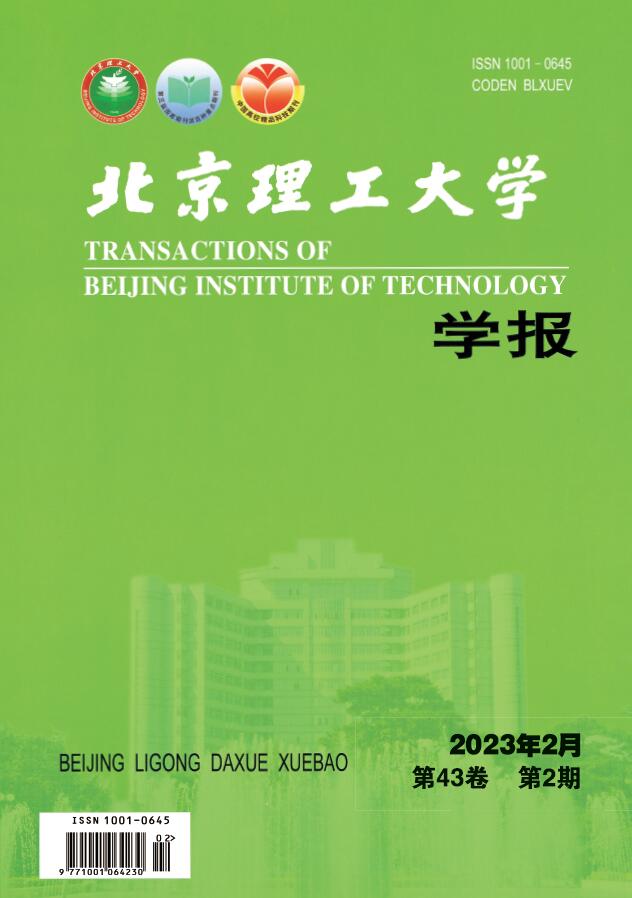2022 Vol. 42, No. 7
Display Method:
2022, 42(7): 675-681.
doi:10.15918/j.tbit1001-0645.2021.250
Abstract:
2022, 42(7): 682-687.
doi:10.15918/j.tbit1001-0645.2021.325
Abstract:
2022, 42(7): 688-695.
doi:10.15918/j.tbit1001-0645.2021.330
Abstract:
2022, 42(7): 696-705.
doi:10.15918/j.tbit1001-0645.2021.333
Abstract:
2022, 42(7): 706-712.
doi:10.15918/j.tbit1001-0645.2021.328
Abstract:
2022, 42(7): 713-722.
doi:10.15918/j.tbit1001-0645.2021.300
Abstract:
2022, 42(7): 723-732.
doi:10.15918/j.tbit1001-0645.2021.161
Abstract:
2022, 42(7): 733-740.
doi:10.15918/j.tbit1001-0645.2021.189
Abstract:
2022, 42(7): 741-748.
doi:10.15918/j.tbit1001-0645.2021.172
Abstract:
2022, 42(7): 749-754.
doi:10.15918/j.tbit1001-0645.2021.135
Abstract:
2022, 42(7): 755-763.
doi:10.15918/j.tbit1001-0645.2021.185
Abstract:
2022, 42(7): 764-772.
doi:10.15918/j.tbit1001-0645.2021.188
Abstract:


